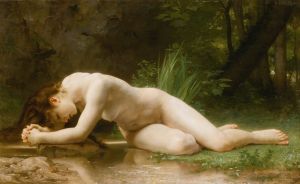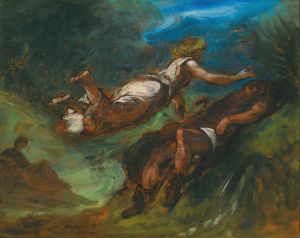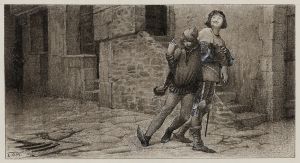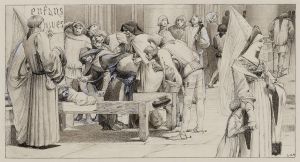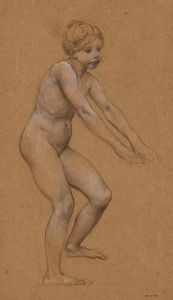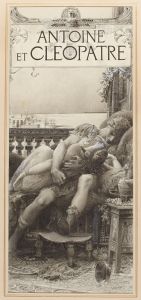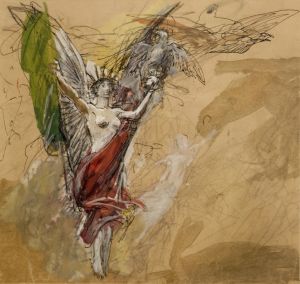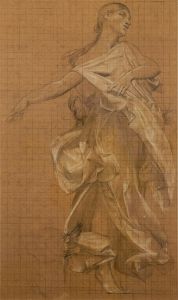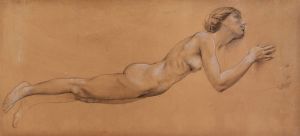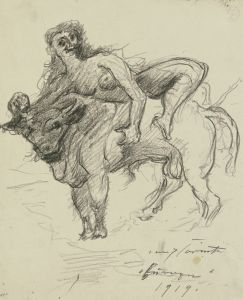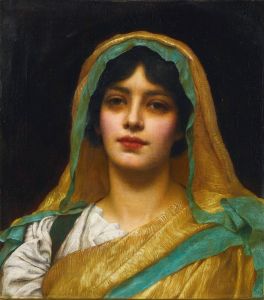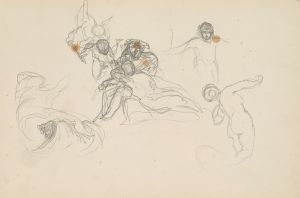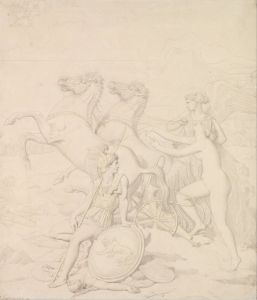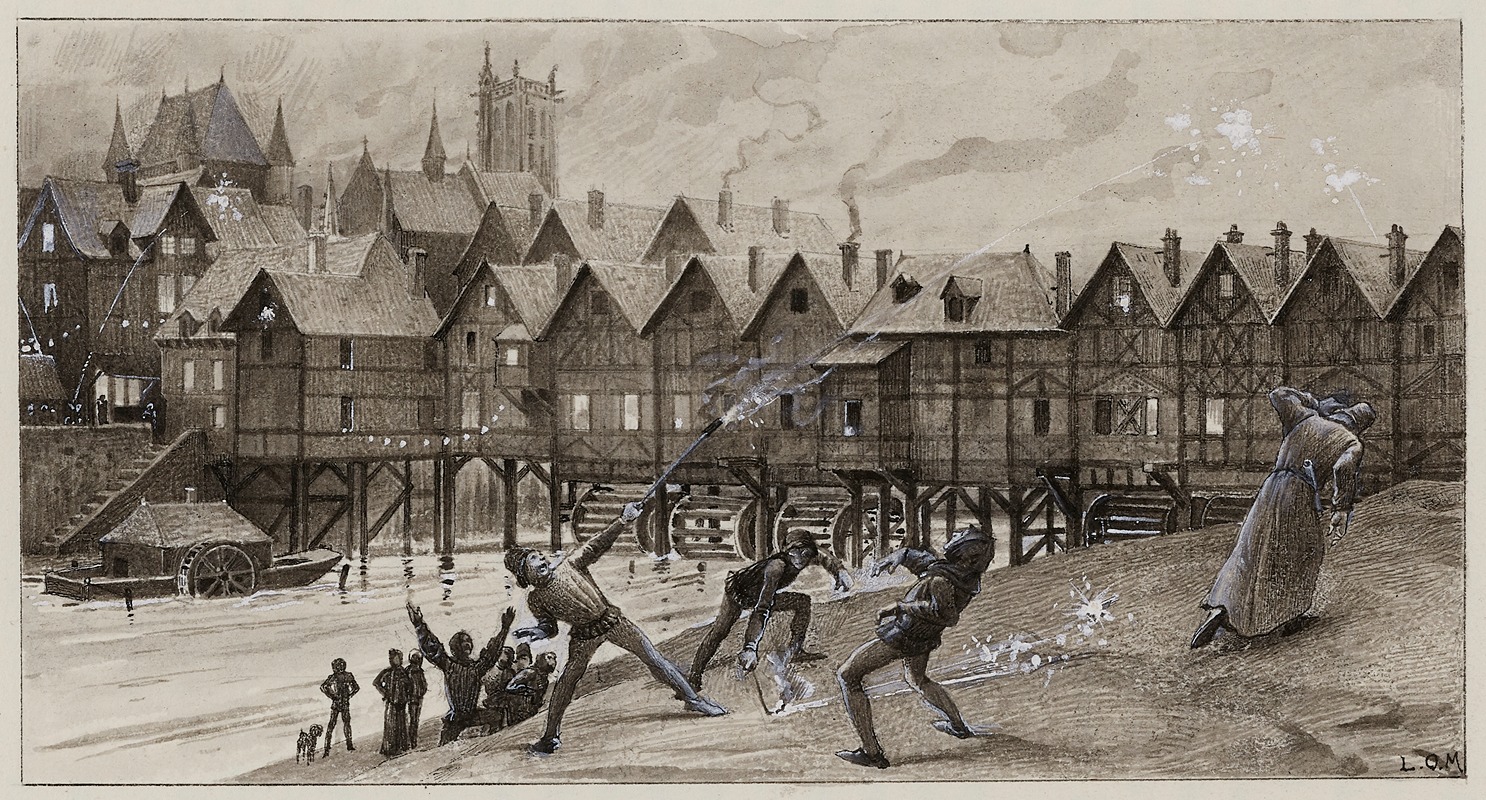
De Charybde en Scylla
A hand-painted replica of Luc-Olivier Merson’s masterpiece De Charybde en Scylla, meticulously crafted by professional artists to capture the true essence of the original. Each piece is created with museum-quality canvas and rare mineral pigments, carefully painted by experienced artists with delicate brushstrokes and rich, layered colors to perfectly recreate the texture of the original artwork. Unlike machine-printed reproductions, this hand-painted version brings the painting to life, infused with the artist’s emotions and skill in every stroke. Whether for personal collection or home decoration, it instantly elevates the artistic atmosphere of any space.
Luc-Olivier Merson was a French painter and illustrator known for his academic style and attention to detail. Born in Paris in 1846, Merson was a prominent figure in the French art scene during the late 19th and early 20th centuries. He studied under the tutelage of Gustave Chassevent-Bacques and Isidore Pils at the École des Beaux-Arts in Paris, where he honed his skills in classical painting techniques.
One of Merson's notable works is "De Charybde en Scylla," a painting that draws its inspiration from Greek mythology. The title of the painting refers to the ancient idiom "between Scylla and Charybdis," which describes a situation where one is caught between two dangers, avoiding one only to fall prey to the other. This phrase originates from Homer's "Odyssey," where the hero Odysseus must navigate a narrow strait flanked by the monstrous Scylla on one side and the whirlpool Charybdis on the other.
Merson's interpretation of this mythological theme is characteristic of his style, which often incorporated historical and mythological subjects. His works are known for their meticulous detail and dramatic compositions, and "De Charybde en Scylla" is no exception. The painting captures the tension and peril of the mythological narrative, likely depicting the tumultuous sea and the threatening presence of the mythical creatures.
Throughout his career, Merson received numerous accolades for his work. He was awarded the prestigious Prix de Rome in 1869, which allowed him to study in Italy and further develop his artistic style. His time in Italy had a significant influence on his work, as he was exposed to Renaissance art and classical antiquity, elements that would permeate his paintings.
In addition to his mythological and historical paintings, Merson was also a prolific illustrator. He contributed illustrations to various publications, including editions of the Bible and works by authors such as Victor Hugo. His ability to convey complex narratives through his art made him a sought-after illustrator during his time.
Merson's contributions to the arts were recognized by the French government, and he was made a member of the Académie des Beaux-Arts in 1906. His influence extended beyond painting and illustration, as he also designed postage stamps and currency, showcasing his versatility as an artist.
Despite his success during his lifetime, Merson's work is less well-known today, overshadowed by the rise of modern art movements in the early 20th century. However, his paintings, including "De Charybde en Scylla," remain appreciated for their technical skill and the way they capture the essence of the stories they depict.
Luc-Olivier Merson passed away in 1920, leaving behind a legacy of art that continues to be studied and admired for its contribution to the academic art tradition. His works are housed in various museums and collections, serving as a testament to his skill and the enduring appeal of his mythological and historical subjects.





